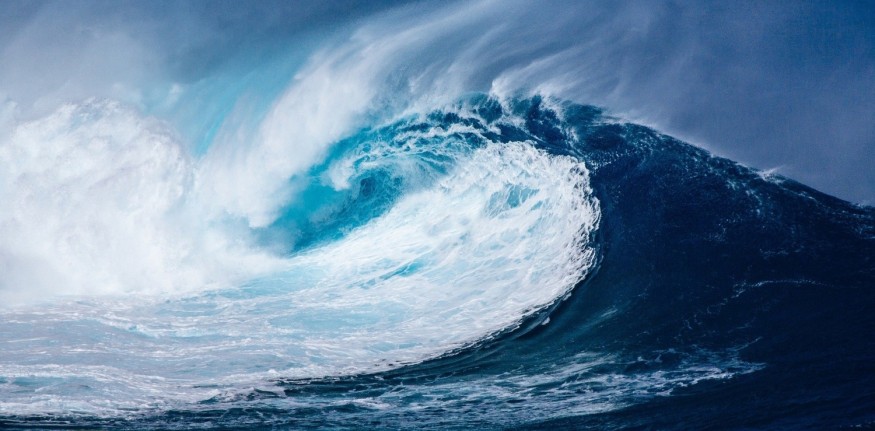A tsunami alert, caused by a 7.7 magnitude undersea earthquake near New Caledonia, has been canceled for New Zealand and Australia's Lord Howe Island.
The main tsunami waves have now passed all expected Lord Howe Island locations. Small unusual waves may continue, but Tsunami Warnings for Lord Howe Island have been cancelled. NSW State Emergency Service will advise the All Clear when safe to return to coastal areas.
— Bureau of Meteorology, Australia (@BOM_au) February 10, 2021
The earthquake caused Norfolk Island to be struck by small tidal waves and briefly triggered underwater warnings for Lord Howe Island, 700km off the New South Wales coast.
Lord Howe Island
The earthquake took place off New Caledonia's coast, sending ripples through the Tasman Sea. The Joint Australian Tsunami Alert Center for Lord Howe Island released alerts immediately, advising people to keep clear of the beaches.
"There is the possibility of dangerous rips, waves and strong ocean currents for the marine environment of Lord Howe Island, and some localized overflow to the immediate foreshore beginning after 2:45 am (local time) Thursday and persisting for several hours," read the alert.
No evacuations were expected, and the warning was canceled shortly after 7 am, with all the major tsunami waves going over the island without significant effects. However, the bureau said that for some time, rough and irregular situations may remain.
The Bureau of Meteorology reported at about 2am that the tsunami affected Norfolk Island, with unusually rough waves striking beaches for several hours. These may not seem to have caused severe damage.
It did not strike the Australian mainland.
New Zealand
New Zealand, which had warned people to stay out of the sea, off the beaches, and away from ports, waterways, and estuaries in areas ranging from Ahipara to the Bay of Islands, the Great Barrier Island, and from Matata to Tolaga Bay, was also cleared.
The New Zealand National Emergency Response Agency said in a statement, "We expect New Zealand's coastal areas to experience strong and unusual currents and unpredictable shore surges."
Powerful currents and tides can hurt and drown people. Swimmers, surfers, small boats, and others in or around the water near the shore are at risk.
New Zealand authorities have also advised people of its northern coast to avoid beaches and coastal areas.
The European Mediterranean Seismological Centre (EMSC) recorded the epicenter of the earthquake at about 417km (258 miles) east of Tadine, New Caledonia, and 10km deep (6.2 miles).
The quake preceded at least three other tremors in the area, with magnitudes ranging from 5.7 to 6.1 in a period of just over an hour, the intensity of which was upgraded from an earlier magnitude of 7.2.
The U.S. Tsunami Warning System announced that a tsunami watch was in place for U.S. Samoa, noting tsunami potential in other areas, including Vanuatu, Fiji, and New Zealand.
For some coastal regions of Vanuatu, Fiji, and New Zealand, waves rising up to a height of 1 meter (3.3ft) above the usual tide level were likely, it said.
Related Article : Magnitude 6.4 Earthquake Shakes Croatia
What to do when there's a tsunami warning?

If there is a tsunami warning, it's best to do the following:
- Protect yourself from an Earthquake. Drop, Cover, then Hold On.
- Get to high ground as far inland as possible. Protect yourself from the effects of a tsunami by moving from the shore to safe, high grounds outside tsunami hazard areas.
- Be alert to signs of a tsunami, such as a sudden rise or draining of ocean waters.
- Listen to emergency information and alerts.
- Evacuate: DO NOT wait! Leave as soon as you see any natural signs of a tsunami or receive an official tsunami warning.
For similar news, don't forget to follow Nature World News!
© 2025 NatureWorldNews.com All rights reserved. Do not reproduce without permission.




